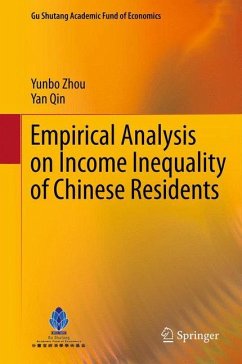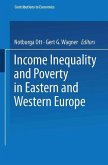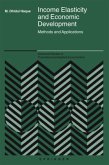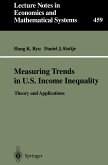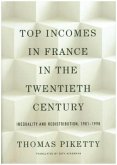The subject of this book is discussing the income inequality of Chinese residents, its change and the factors that impact it. In this book all kinds of quantitative methods, including decomposing Gini Coefficients method, Fei-Ranis method, two-sectors model and other econometric models. Some special features are that in this book, a two-sectors model was set up to analyze the impact of population migration from urban areas to rural areas on income inequality of total residents, and the inverted U hypothesis was tested by time-series regression model. The inverted U hypothesis is supported by the change of income inequality of Chinese total residents which is different from the conclusion of present reaches. In additional, the impact of rent-seeking income on inequality was discussed, an economic mode was founded to explain the causes of rent-seeking activities in China's present stage.
